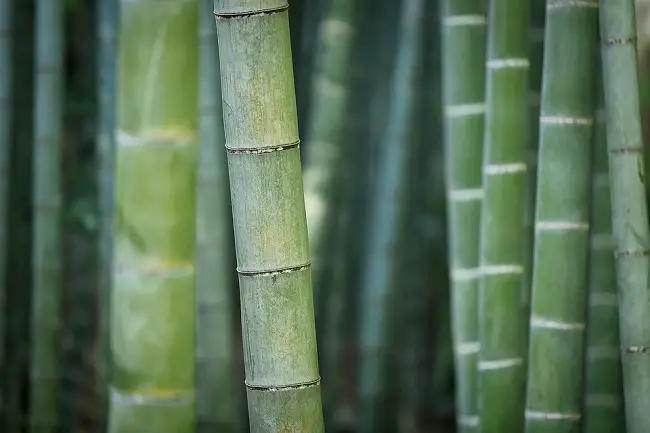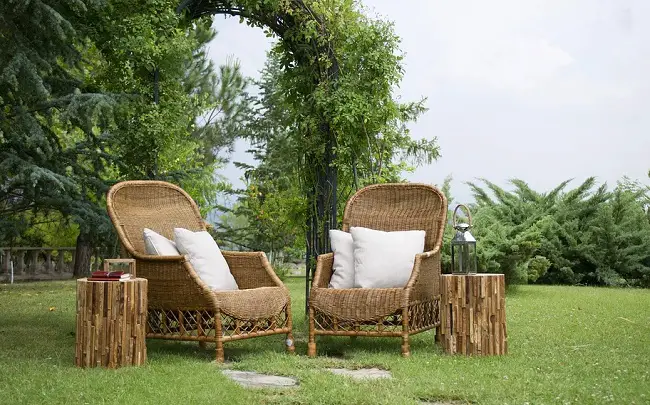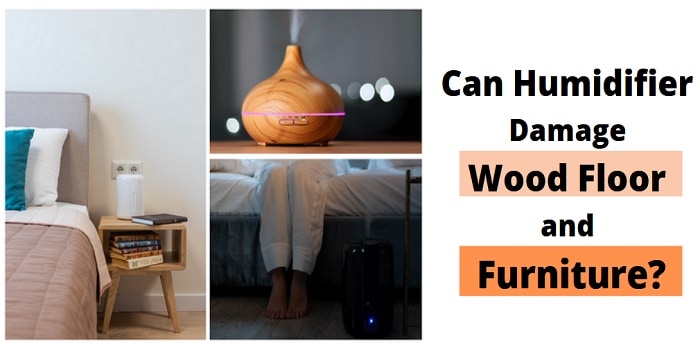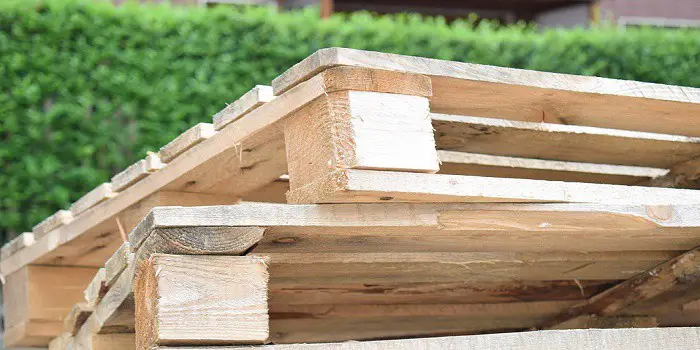
Bamboo is one of the most invasive plants on the planet. And that’s the major reason, why people do not like to grow bamboo.
Another key reason why bamboo is not very popular among home and garden owners is its nature to attract various kinds of bugs.
Since the bamboo plant is a type of wood, there is starch, sugar, and different types of carbohydrates available in it.
And because garden pests are on the continuous lookout for food and nutrients, bamboo does attract different kinds of insects.
Species of insects that are majorly found nesting within bamboo plants include mealybugs, aphids, scales, powder-post beetles, termites, and spider mites.
If not controlled, these pests feeding on bamboo can over time spread and can make significant damage to the plant which is usually seen in the form of brown and yellow spots on bamboo leaves.
Keep in mind that many times there are snakes also seen around bamboo.
But bamboo does not attract the snakes like insects.
The reason for snakes to be around bamboo is either to bask in the sun or to prey on birds, frogs, and other small animals nesting around the bamboo.
Does Bamboo Keep Bugs Away?
While this may seem to be counter-intuitive to what we have just talked about above, there are certain species of bamboo that come with a natural anti-bacterial property.
These will not only help to fight bacteria but also repel various insects and pests.
And for this reason, a few species of bamboo make a great alternative for furniture at home and gardens outdoors.
There are also cute, non-invasive bamboo (like Umbrella Bamboo and Buddha Bamboo) for your home that can be grown if you have a large beautiful backyard garden.

How Do You Get Rid of Bamboo Pests?
Insects like mosquitoes, ants, beetles, and spiders thriving on bamboo plants are not hard to get rid of.
So, in my humble opinion, you should not use strong harmful chemicals and insecticides around them unnecessarily.
A few natural and environmentally friendly approaches you can try to control bamboo pests & diseases include:
1- Mowing the area
The process to remove pests from bamboo plants is sometimes as simple as just mowing your entire area as you usually do.
Because bamboo will grow quickly, there can be incontrollable mite infestation seen.
You can mow down the area and dispose of all the canes and branches to control the infestation.
After mowing, you can also consider pressure washing (using water with laundry detergent powder or insecticidal soap) the bamboo plants 1-2 times a month.
This will be effective in removing all the mites and bugs.
2- Using horticultural oil
Spraying the solution mix of horticultural oil and water is also a great remedy to keep the pests away from tall growing bamboo grass.
When spraying the solution make sure you use enough of it to cover all the leaves that are on top as well as the bottom of the plants.
Also, ensure that the spray gets into the leaf canopy of the plant where there are insects nesting inside.
3- Using natural predators
Natural predators like ladybugs, lacewings, and parasitic wasps help a lot in dealing with the infestations of insects in bamboo.
There are also crypt bugs (the natural enemy of mealybugs) that can also be used to destroy the active colonies of bugs around the bamboo.
The good thing is you can order them online and get them delivered to your home at very affordable pricing.

How Do You Kill the Bugs in Bamboo Furniture?
Your outdoor bamboo furniture (and even bamboo flooring inside) is susceptible to getting infected with insects pretty soon.
If you notice any insects like swarming termites around your furniture, try these remedies and methods to kill them instantly:
- Lemon oil: It’s effective to treat the molds
- Neem oil spray: It’s effective to kill mites, aphids, mealybugs, whiteflies, and other insects
- Abamectin insecticide: It’s effective to kill only mites and leaf miners, without affecting other insects or birds
Bugs Prevention Tips
If you want to keep your outdoor bamboo furniture free from all bugs, it’s also important that you keep your bamboo clean and tidy.
- Every week make a habit to dust your furniture with a dry cloth or a vacuum
- After dusting, use mild soap and water solution to wipe clean the bamboo furniture
- Allow them to dry in sun and consider polishing them once a month using linseed oil or wax.
Applying oil or wax sealant once in a while will keep the shiny looks of bamboo and prevent them from getting cracks.
You can also consider refinishing and staining your bamboo furniture once a year with a color you want, which is again a great way to keep the pests away.
Additionally, it really pays off if you consider installing physical barriers like wood fences and wire enclosures around your garden.
This will help to protect the bamboo plants and furniture from a variety of different wildlife and animals.
Final Thoughts
Bamboo is an eco-friendly plant material that can add beauty to your outdoor gardens.
No matter whether you grow them as plants or use them to build furniture, you want them to be healthy and pest-free to keep looking their best.
Hopefully, by following the above tips and strategies you can now keep your bamboo free from all kinds of bugs and in tip-top shape.

Hi, I am Mark Garner a professional carpenter, woodworker, and DIY painter. I live in the small city of Peoria, Arizona as a semi-retired woodworker. I have started this blog with a simple motive to help you with my wood experience in this sector. If you like to know more about what I love doing and how it all got started, you can check more about me here.





